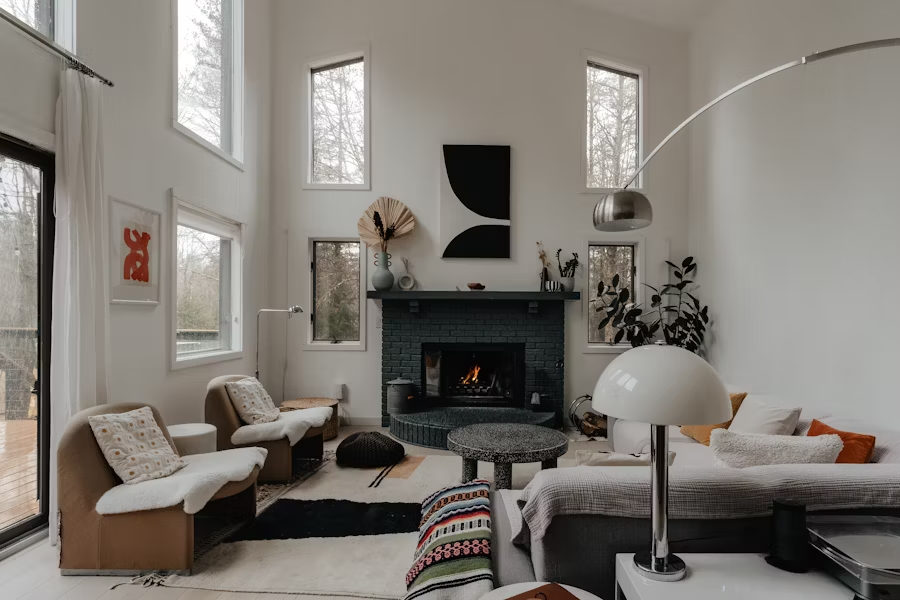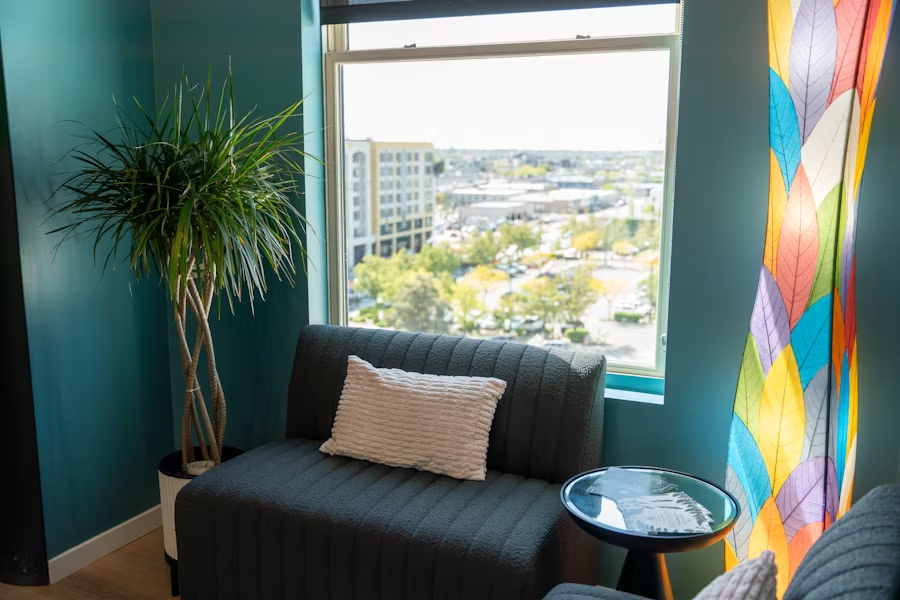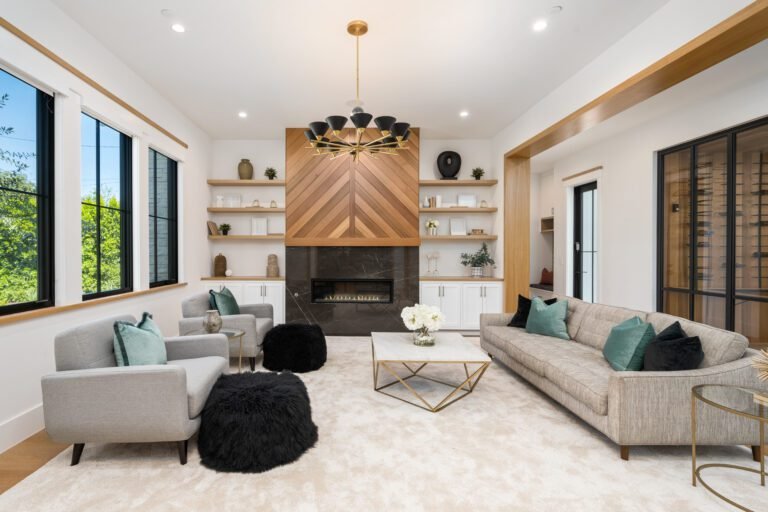Creating a home or workspace that is both visually appealing and comfortable requires careful attention to the relationship between design and functionality. Design is often associated with aesthetics; the look and feel of a space, while comfort focuses on how the space supports well-being and daily living. When these two elements work in harmony, the result is an environment that is not only beautiful but also livable and enjoyable.
The Intersection of Style and Comfort
The concept of comfort extends beyond just soft furnishings and ergonomic furniture. It encompasses the entire sensory experience within a space, including lighting, temperature, acoustics, and air quality. A well-designed room balances these elements, ensuring that style does not compromise comfort and vice versa. For example, a sleek modern living room with large glass windows might be visually striking, but without proper insulation or climate control, it could quickly become uncomfortable. Thoughtful design considers both visual appeal and the practical needs of those using the space.

Source: Clay Banks at Unsplash
Furniture Choices That Enhance Well-Being
Furniture plays a central role in merging design and comfort. Ergonomic chairs, supportive mattresses, and modular seating solutions demonstrate how functional design can enhance comfort without sacrificing aesthetics. Designers often focus on materials that feel good to the touch and contribute to a space’s overall warmth and appeal. Soft fabrics, natural wood finishes, and well-padded surfaces invite relaxation while complementing the room’s visual style.
The Role of Layout in Comfort
A space’s layout is another crucial factor in achieving comfort. Open floor plans and strategically placed furniture allow for ease of movement and a sense of flow, contributing to physical and psychological well-being. Crowded or poorly arranged spaces can cause stress and discomfort, even if every item within the room is visually appealing. By prioritizing both function and style in layout planning, designers create environments where people can move freely, interact comfortably, and feel at ease.
Temperature and Air Quality: Invisible Comfort Factors
Comfort often involves elements that aren’t immediately visible, such as temperature and air quality. Maintaining a consistent, comfortable temperature is vital, especially in regions with extreme seasonal changes. Modern heating and cooling systems allow for precise temperature control while remaining discreet within a space. Additionally, good ventilation ensures that air remains fresh, reducing allergens and enhancing overall health. Engaging a professional HVAC service team in Park City, Utah, ensures that your heating, cooling, and air circulation systems operate efficiently, directly contributing to comfort without interfering with your design aesthetic.
Lighting as a Bridge Between Design and Comfort
Lighting is a powerful tool that influences both how a space looks and how it feels. Natural light can make a room feel warm and inviting, while artificial lighting allows for control over mood and ambiance. Designers often use layered lighting, combining overhead fixtures, task lighting, and accent lights to create a dynamic yet comfortable environment. Properly designed lighting enhances the visual appeal of a space while reducing eye strain and improving usability, demonstrating the seamless connection between style and comfort.

Source: Deliberate Directions at Unsplash
Personalization and Human-Centered Design
One of the most effective ways to combine design and comfort is through personalization. Human-centered design focuses on the specific needs, preferences, and behaviors of those who will inhabit the space. This approach ensures that the environment is not only beautiful but also genuinely supportive of daily routines and lifestyles. Whether it’s selecting furniture that fits body dimensions, arranging spaces for family interactions, or choosing finishes that promote relaxation, personalization ensures that design and comfort work in tandem.
Conclusion
Design and comfort are not opposing forces but complementary elements that, when thoughtfully integrated, create spaces that are both aesthetically pleasing and livable. From furniture and layout to temperature, air quality, and lighting, every aspect of a space contributes to the overall experience.


































